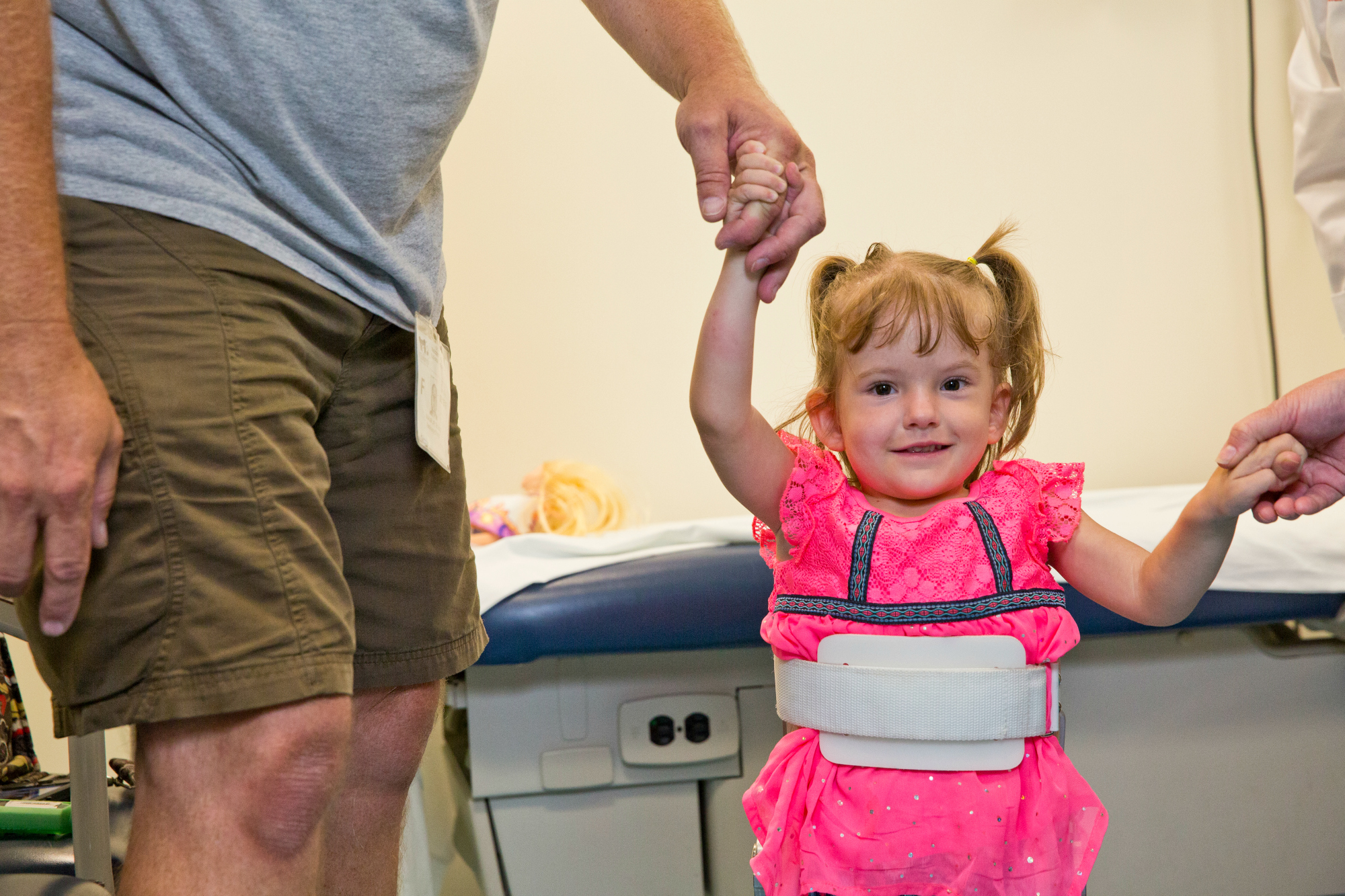Most children with spina bifida will have a neurogenic bladder. This means the bladder does not work well because the nerves leading to the spinal cord to the bladder do not transmit the correct signals.
Your provider may recommend self-catheterization to keep your bladder safe. Clean Intermittent catheterization allows you to empty your bladder and increase bladder continence.
Self-Catheterization
Teaching your child self-catheterization will give them more confidence and freedom to use the bathroom when they are at school or out with their friends. When the time is right for your child, you will want to talk to them about the proper steps of complete bladder emptying to keep them healthy and to encourage their independence as they grow up. Allowing children to handle equipment, hold the catheter and clean themselves gives them a sense of control.
Routine is very important in setting up for your child to be successful. Much like tying a shoe, the more times the child practices, the more natural and routine it becomes.
Be supportive and patient as the child learns. Applaud their success and help them build a routine. Encourage good handwashing skills. When they are comfortable with the routine, they will quickly realize that they have the power to empty their own bladder.
Signs of Readiness
The following signs show your child may be ready for self-catherization. Your child is:
- Self-motivated, interested in learning
- 6-8 years of age (ready to help at 4-5 years)
- Experiencing lower levels of anxiety
- Physical dexterous — exhibiting mobility and flexibility
- Able to perform other self-care activities such as dressing and transfer to and from chair
- Capable of opening a package (hand strength)
- Able to separate the legs/thighs
- Free of tremors in hands/legs
Signs of Urinary Tract Infections
It is important to let your provider know if you have any trouble keeping up with your self-catheterization schedule or have any other urine problems. The most common urine problem is a urinary tract infection. Signs include:
- Fevers
- Chills
- Cloudy or dark urine
- Blood in urine
- Nausea or vomiting
- Back pain
- Change in urinary continence




